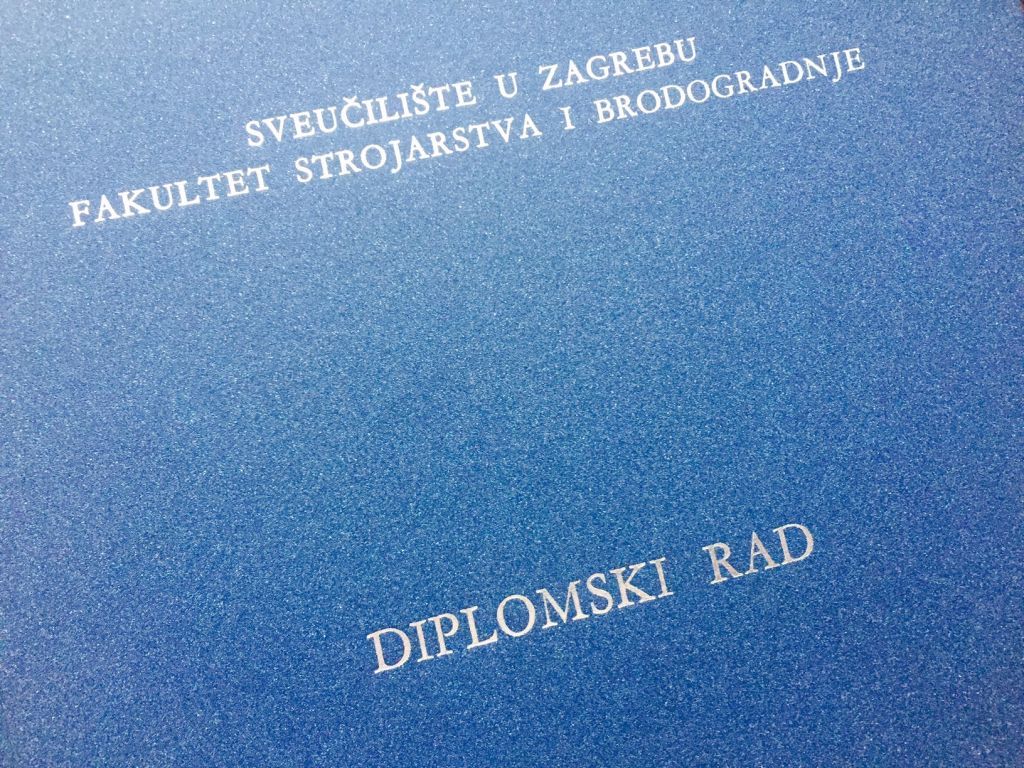Virtual reality technologies have been used in a product design for several decades. Due to technology development, a new generation of hardware, with devices that are worn on the user's head (Head-mounted display, HMD), has emerged. Because of a much lower cost and space requirements of HMD devices, VR technologies have become accessible to a wider range of users. In this thesis, I explore the application of an HMD virtual reality technology for 3D CAD models review. Present 3D CAD systems use 2D computer interfaces to generate and interact with CAD models. Interactions with complex three-dimensional data using traditional two-dimensional computer interfaces have been inefficient and restrictive. Besides that, 3D CAD systems have restricted capability of representation of 2D pictures as 3D models, which affect 3D model perception difficulties. As devices which allow interaction with 3D CAD models in an immersive and interactive virtual environment, VR systems have a potential to overcome those difficulties. Virtual reality can be defined as a real or simulated environment in which a perceiver experiences telepresence. Such environment is often described as an immersive virtual environment. Besides cognitive skills of a perceiver, virtual reality perception is affected by hardware specification and quality. In order to collect data and answer a research questions, an experimental part of a research is conducted. In order to examine and compare capabilities of VR systems to 3D CAD systems, it was contained of a various sizes and complexity degree 3D CAD models review both on a computer screen and in an immersive virtual environment. Collected data have shown that high model interaction capabilities make immersive virtual environment appropriate for an inspection and review of plenty large and complex model elements in a short time. Furthermore, HMD VR system provides better understanding of a model scale, dimension proportions and space depth perception. It also allows users to verify if model suits them by its dimensions. Further research should include a development of an application with integrated 3D CAD functions which would provide modeling directly in an immersive virtual environment. What is more, the influence of a haptic and body motion capture devices on interaction with a model should be investigated.

Fanika Lukačević
2018
Bachelor thesis